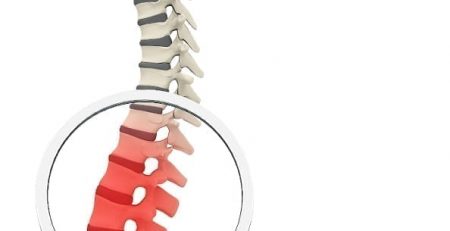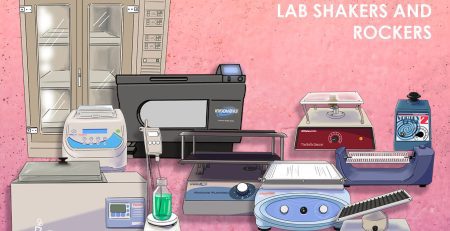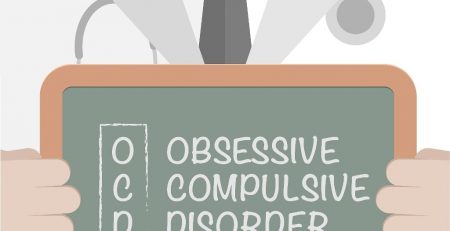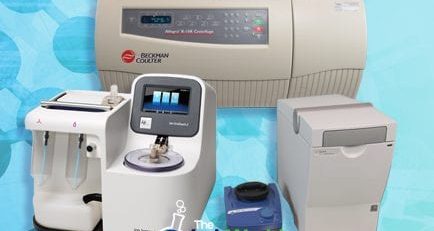Paralyzed Patients Learn To Communicate With Their Pupils
Experimental setups for letting paralyzed people communicate usually work by measuring brainwaves, so they can be pretty invasive for patients. For many, it’s probably well worth the effort, but one team of researchers thinks there’s a better and cheaper way. A team of brain scientists from Europe, Australia and the U.S. has demonstrated that some people with locked-in syndrome are able to answer yes-or-no questions by widening their pupils. Usually pupils aren’t under people’s conscious control—that’s the part of the eye that tightens in bright light, for example—but learning that control doesn’t take any training, the researchers say. For the patients for whom the method works, a computer-and-camera setup was able to pick up their intended answer 67 to 84 percent of the time. The setup could be simple and cheap enough for people to use at home, Steven Laureys, the clinical coordinator for the study, told the [b][url=http://www.newscientist.com/article/dn23989-maths-quiz-helps-paralysed-people-talk-with-their-eyes.html#.UgD4fZLVB8F]New Scientist[/url][/b]. Laureys studies comas at the University of Liège. Laureys and the rest of the team originally found a 1964 study that showed that people’s eyes dilate when they’re doing difficult mental arithmetic, [b][url=http://news.sciencemag.org/2013/08/paralyzed-patients-speak-their-pupils]Science magazine reports[/url][/b]. That eventually led the team to devise a computer setup that asks patients a question, and then shows them two possible answers in succession. Each answer is accompanied by a mental arithmetic problem. (And not easy ones! Try 24 x 57 or 29 x 49.) Researchers told the patients they only needed to work on the problem for the answer they wished to choose. Just working on the problem is enough to dilate the eyes, lead researcher Wolfgang Eisenhäuser told the New Scientist. The patient doesn’t have to get the problem right, or even get all the way through the problem. Pupil Communication: Clockwise from upper left: 1) A study volunteer wears a camera to measure his pupil response. 2) The math problem the volunteer is solving. 3) Measuring of the volunteer’s pupil. 4) The computer detects that the volunteer has chosen “yes” as his answer. Current Biology, Stoll et al. The setup wasn’t tested in very many people, and didn’t work for everybody. Just six healthy people and seven paralyzed people were part of the study. The system worked well for all of the healthy study volunteers. Among the paralyzed patients, three were able to pick answers at a rate that was better than chance. By: Francie Diep of PopSci














